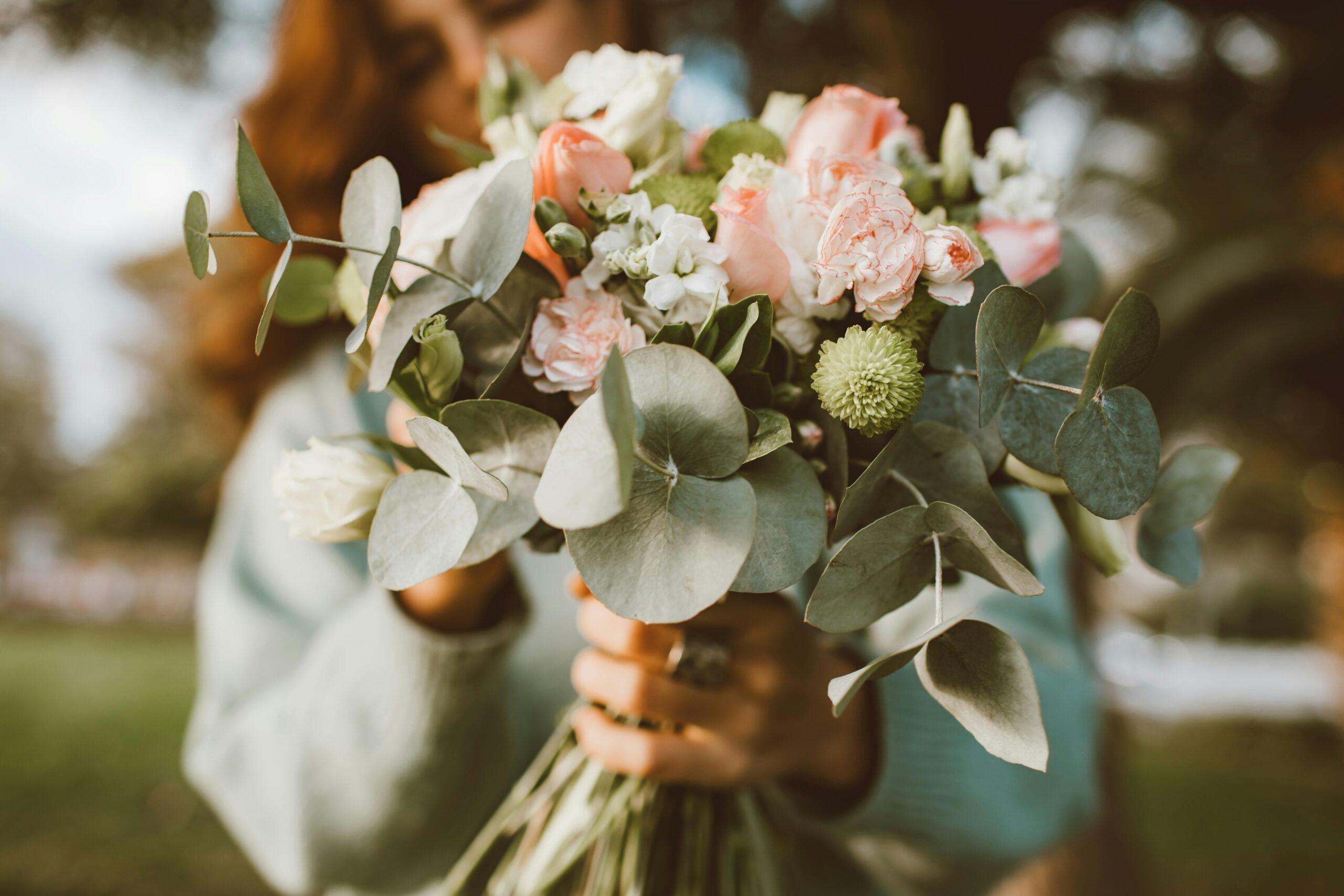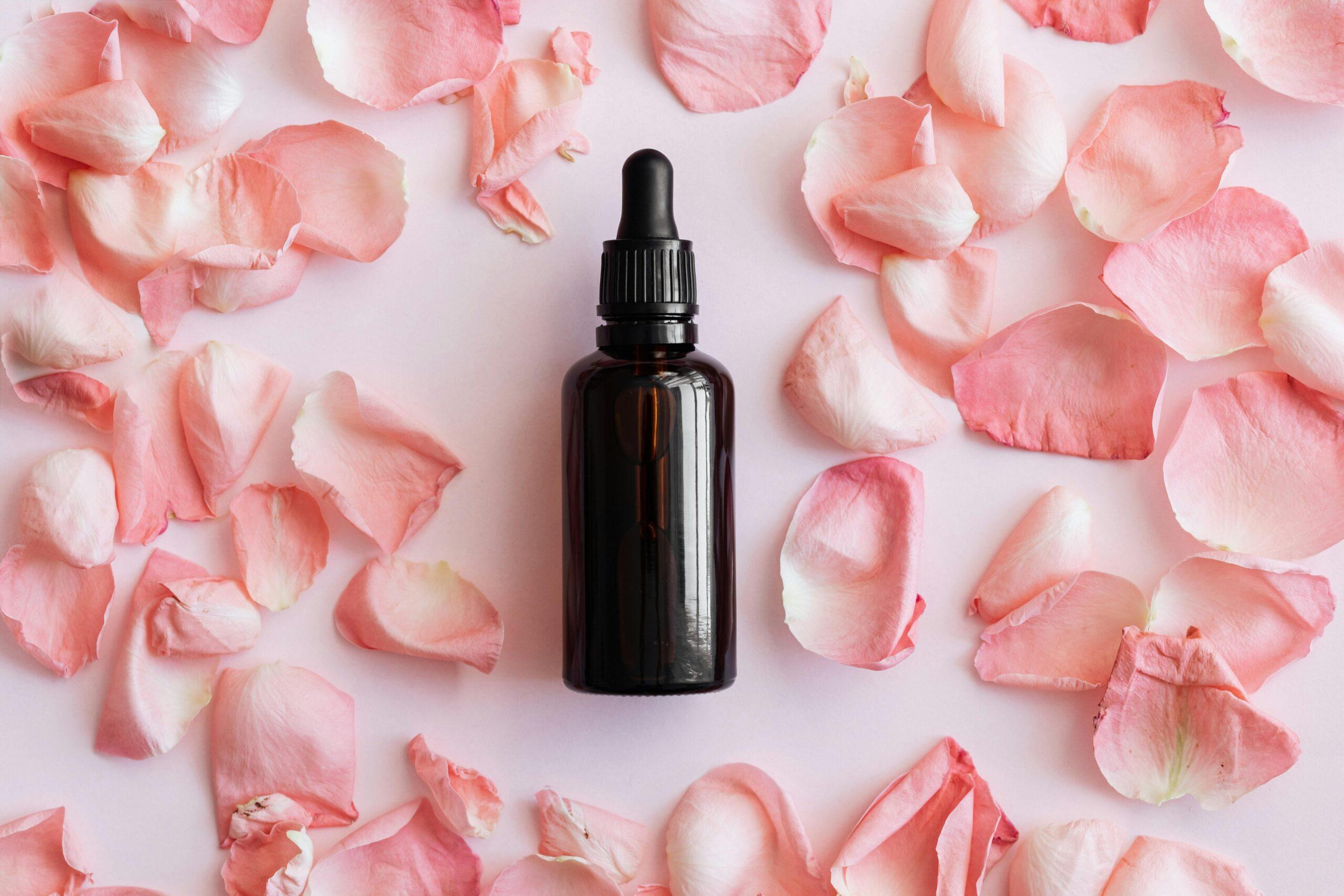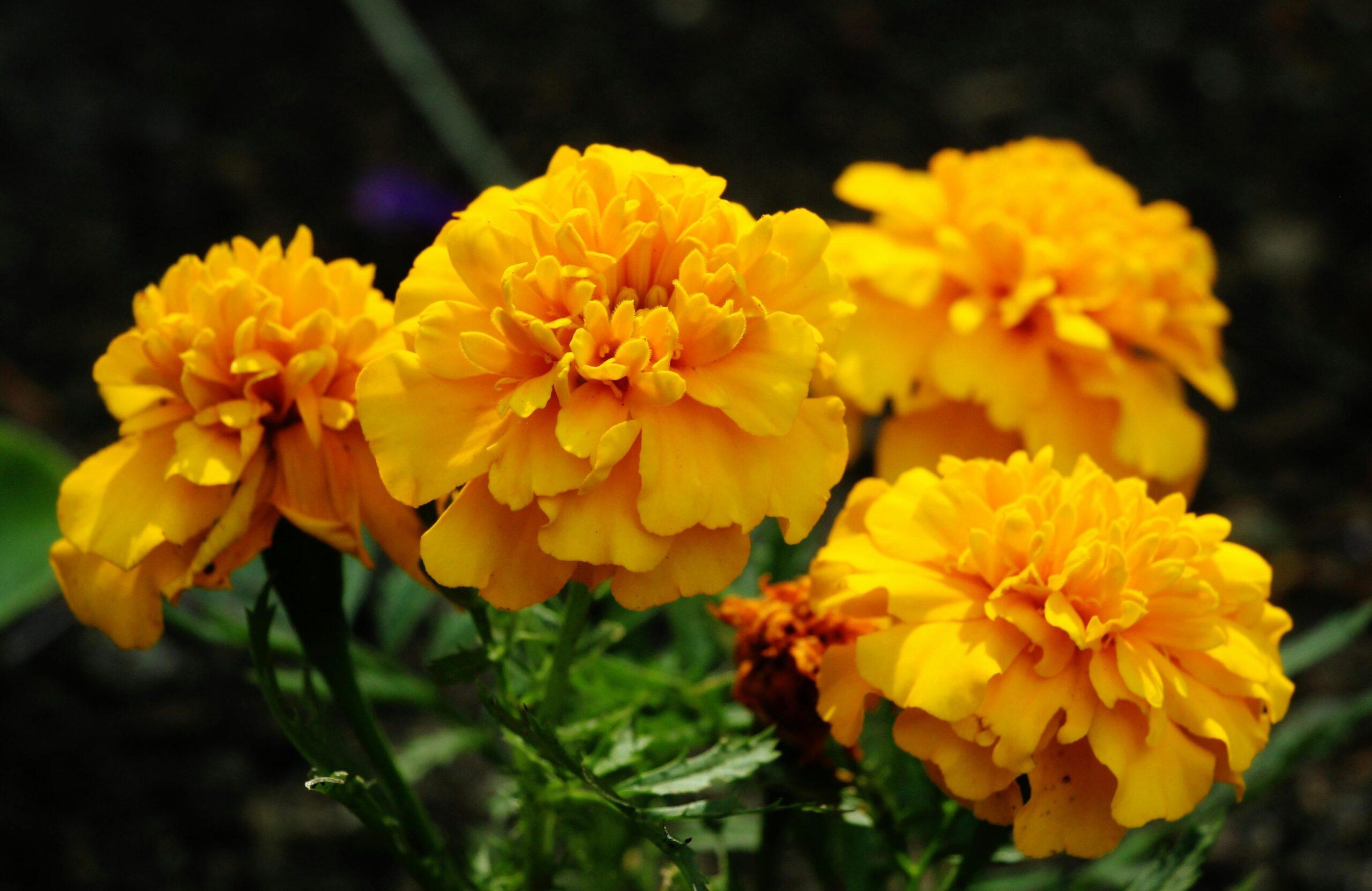Have you ever looked at your skincare shelf and thought, “What if nature had the answers all along?” If you’re nodding (or even slightly tilting your head), you’re in good company. Spring florals, long celebrated for their beauty, are finally getting the recognition they deserve in organic skincare—because who says natural can’t also be luxurious?
In this post, we’ll dive into the science-backed benefits of using spring florals in your beauty regimen, explore step-by-step ways to incorporate them into your daily routine, and share real-world success stories from skincare enthusiasts. Along the way, I’ll confess some epic fails with DIY floral concoctions (spoiler: lavender oil burns)—and maybe even drop a meme-worthy tip or two.
Table of Contents
- Key Takeaways
- Why Organic Flowers Matter in Beauty
- How to Use Spring Florals in Skincare
- Best Practices for Choosing Floral Ingredients
- Success Stories from Real Users
- Frequently Asked Questions
Key Takeaways
- Spring florals like rose, chamomile, and calendula offer antioxidant-rich benefits for skin health.
- Incorporating organic flowers into your routine is easier than it sounds—with simple steps anyone can follow.
- DIY floral skincare comes with risks (think allergic reactions) but offers unmatched personalization.
- Real users have seen transformative results when switching to flower-based products.
Why Organic Flowers Matter in Beauty

If you haven’t yet tried harnessing the power of spring florals, let me set the stage: these blooms aren’t just pretty faces. They’re packed with vitamins, antioxidants, and anti-inflammatory compounds that modern labs still struggle to replicate synthetically.
Take roses, for example—they’re rich in vitamin C and help reduce redness. Or chamomile, which soothes irritation while smelling like a dream. Even calendula has antibacterial properties perfect for tackling acne scars. But here’s the kicker: only truly organic flowers retain these potent qualities without harmful pesticides or chemical treatments.
Grumpy You: *“Yeah, yeah—but don’t forget to patch test first unless you want to look like Rudolph.”*
How to Use Spring Florals in Skincare
Ready to embark on your floral journey? Follow these foolproof steps:
Step 1: Choose the Right Flower
Not all flowers are created equal for skincare. Stick to proven options like:
- Rose: Hydration hero ideal for dry skin.
- Chamomile: Your go-to for calming sensitive skin.
- Lavender: Great for balancing oily complexions—but handle with care!
Step 2: Pick a Method
You’ve got options:
- Infuse dried petals into oils or water.
- Mix crushed blooms into homemade scrubs.
- Brew teas for soothing facial steams.
Step 3: Test It Out
Before slathering anything onto your face, do a patch test. Trust me—I learned this the hard way after a rogue batch of homemade lavender toner left my cheeks screaming louder than a Taylor Swift breakup song.
Best Practices for Choosing Floral Ingredients
To avoid ending up like me (red-faced and regretful), keep these tips in mind:
- Source Wisely: Always buy certified organic flowers. Check labels for certifications like USDA Organic.
- Talk to Experts: Consult an esthetician familiar with botanicals if unsure about safety.
- Less Is More: Start small—even a few petals can pack a punch.
And always remember: no amount of Instagram filters can save overly ambitious floral experimentation!
Success Stories from Real Users

Meet Sarah, a busy mom who swapped her usual moisturizer for rose-infused cream—and hasn’t looked back since. She credits her newfound glow to consistent use over three months. Meanwhile, college student Jake swears by nightly chamomile steam sessions to calm his stubborn hormonal breakouts.
“It feels like giving my skin permission to breathe again,” he says.
Translation? Nature knows best.
Frequently Asked Questions
Can I grow my own flowers for skincare?
Absolutely! Just ensure they’re grown organically and free from pesticides. Lavender, calendula, and chamomile are beginner-friendly choices.
Do flower-based products work as well as store-bought ones?
While efficacy varies by person, studies show ingredients like rose extract rival many commercial formulas (source). Plus, customization beats mass production any day.
What’s one terrible tip you’d give about using spring florals?
Warning: Don’t mix random blossoms together unless you know what they do individually. One time, I combined eucalyptus and mint… let’s just say my face turned redder than a beetroot latte.
Conclusion
From reducing inflammation to boosting hydration, spring florals hold untapped potential for elevating your organic skincare game. Embrace the magic of nature’s gifts, experiment responsibly, and enjoy glowing results sans harsh chemicals.
So tell me—what’s your favorite floral ingredient? Share below, or better yet, try crafting your own DIY creation tonight. After all, life’s too short not to indulge in a little self-care alchemy.
P.S. Like Frosted Flakes cereal commercials, “They’re grrreat”—just maybe skip the glitter.


